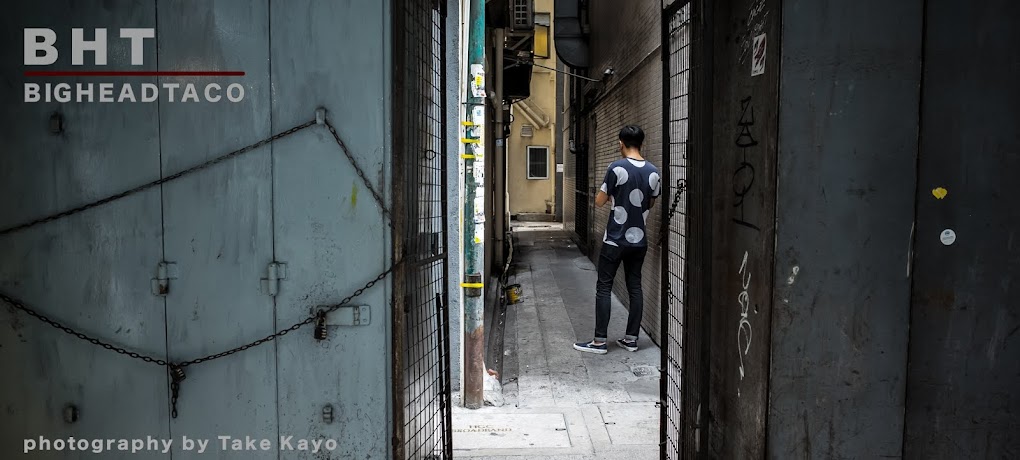 |
| Fujfilm X-T1 Graphite Silver with XF56mm f/1.2 APD. 1/2400th sec f/1.2 @ ISO 3200. Classic Chrome jpeg |
I'm Japanese and I've never liked the word 'bokeh'. Yes, Japanese are famous for making up words (karaoke, emoji, cosplay, anime), some work, some are just weird. Shallow depth of field sounds a bit too technical for such a subjective 'quality', so someone had to come up with a better word. I guess 'bokeh' will just have to do for now, although I wish the Germans or Italians came up with a term first. Not only am I not fond of the word, I'm not fond of the pursuit of it, as if bokeh is somehow intrinsic to a good picture. In fact, as a street photographer I almost avoid it. I typically shoot F/8 and 1/750th of a second and I focus on composition and the decisive moment.
When Fujifilm asked if I wanted to review the new XF56mm f/1.2 R APD lens, they assumed I would say no and I assumed I would say no as well. However, after looking at some pre-production images, I was intrigued (check out this link and this one as well). There was something about the out-of-focus area that was... should I say 'bokehlicious?' I wish I didn't type that...
















small.JPG)
+small.JPG)















